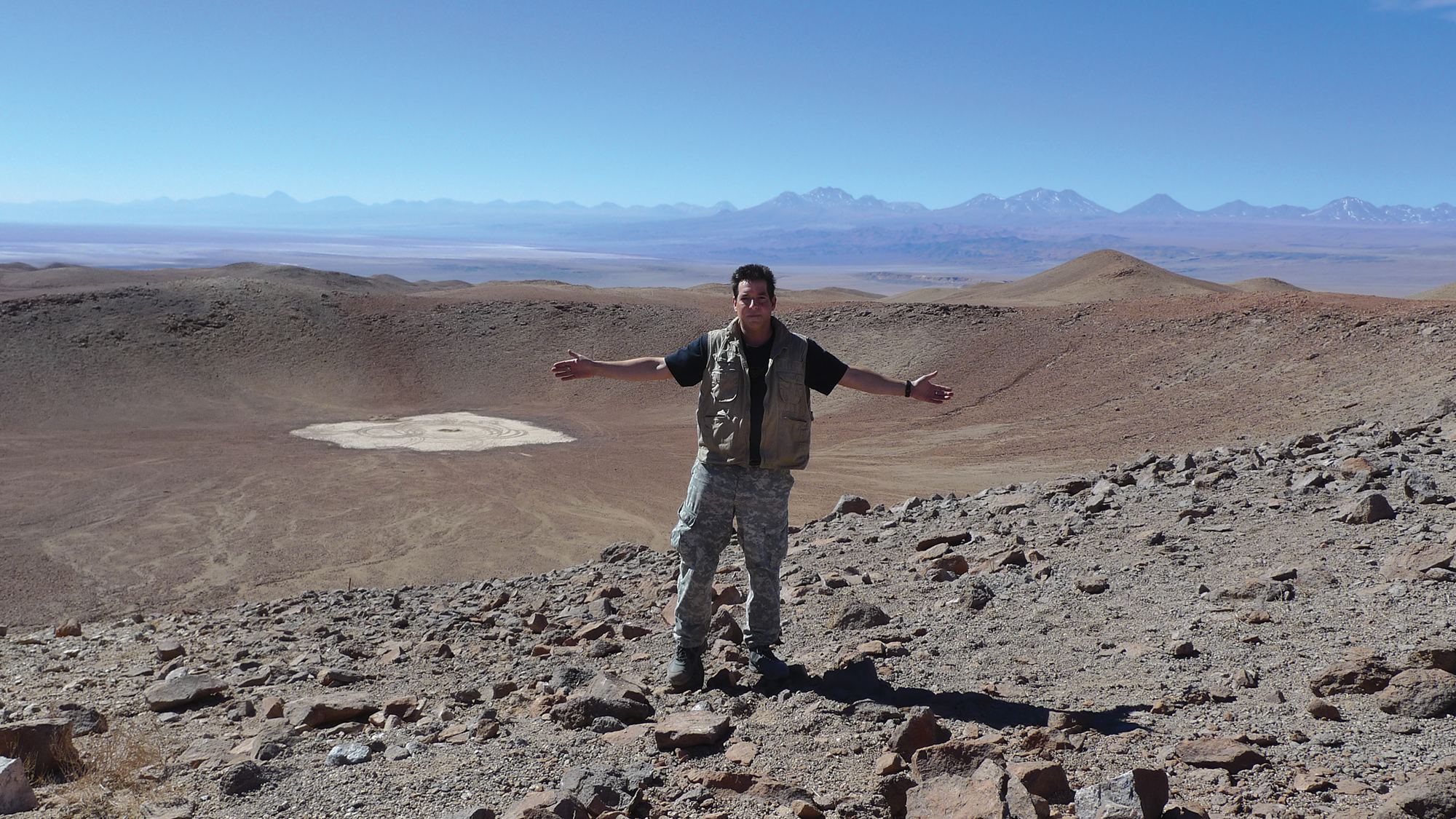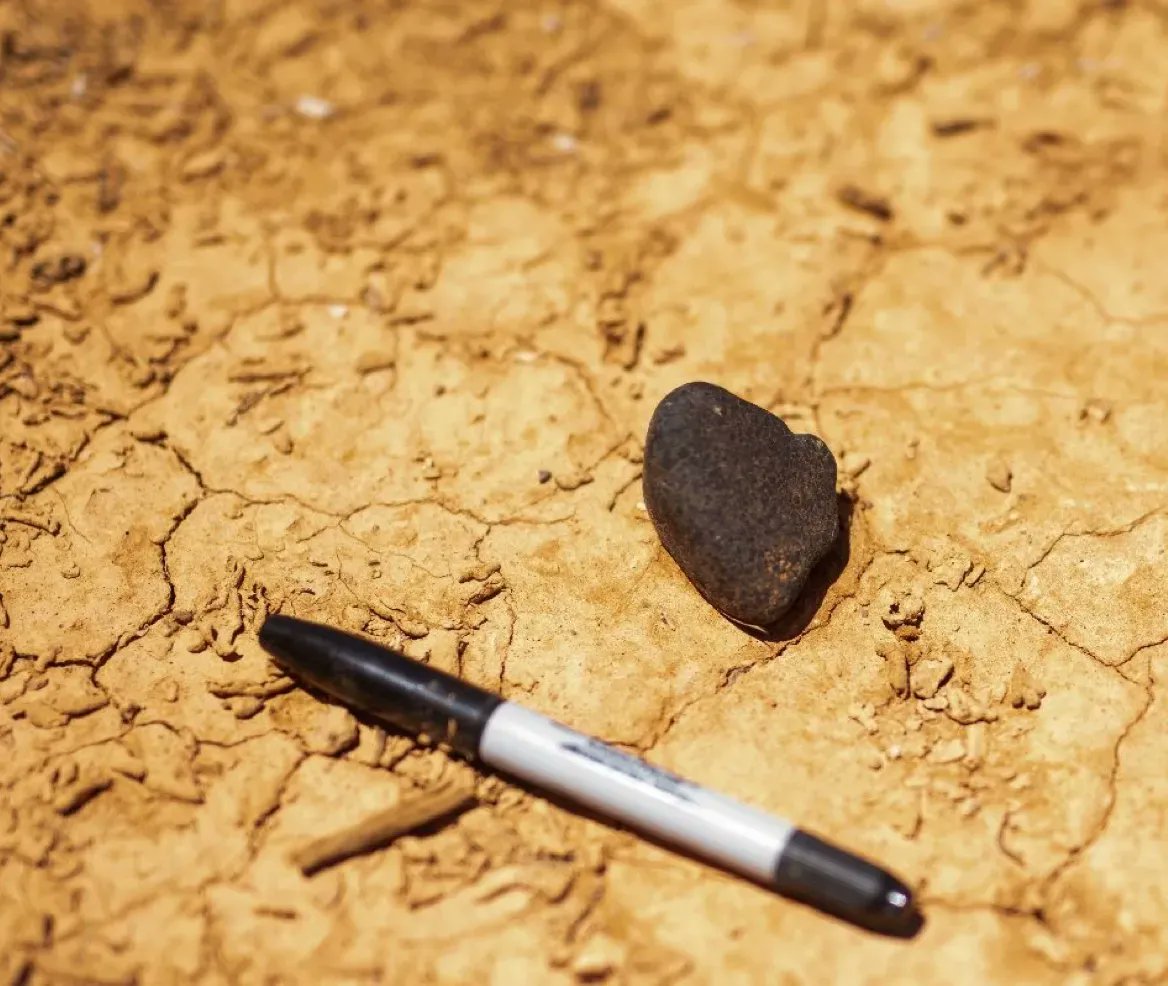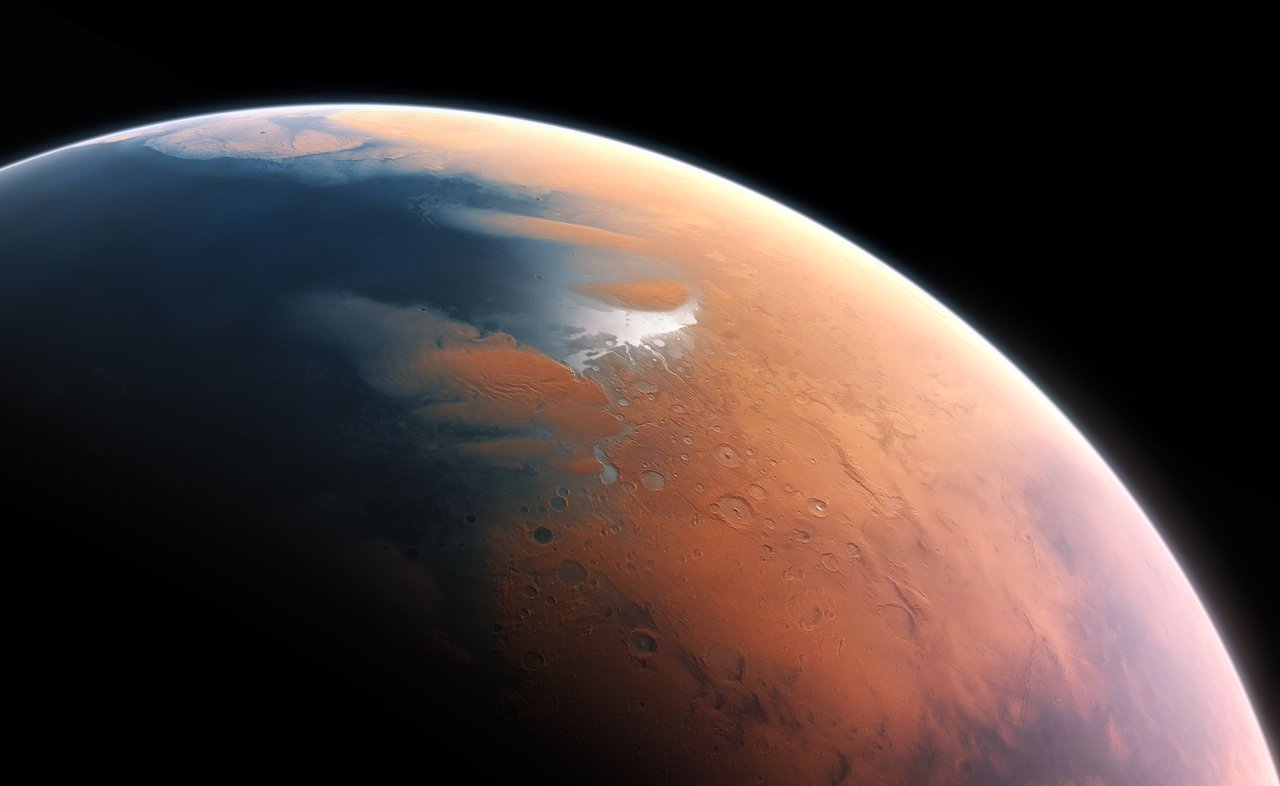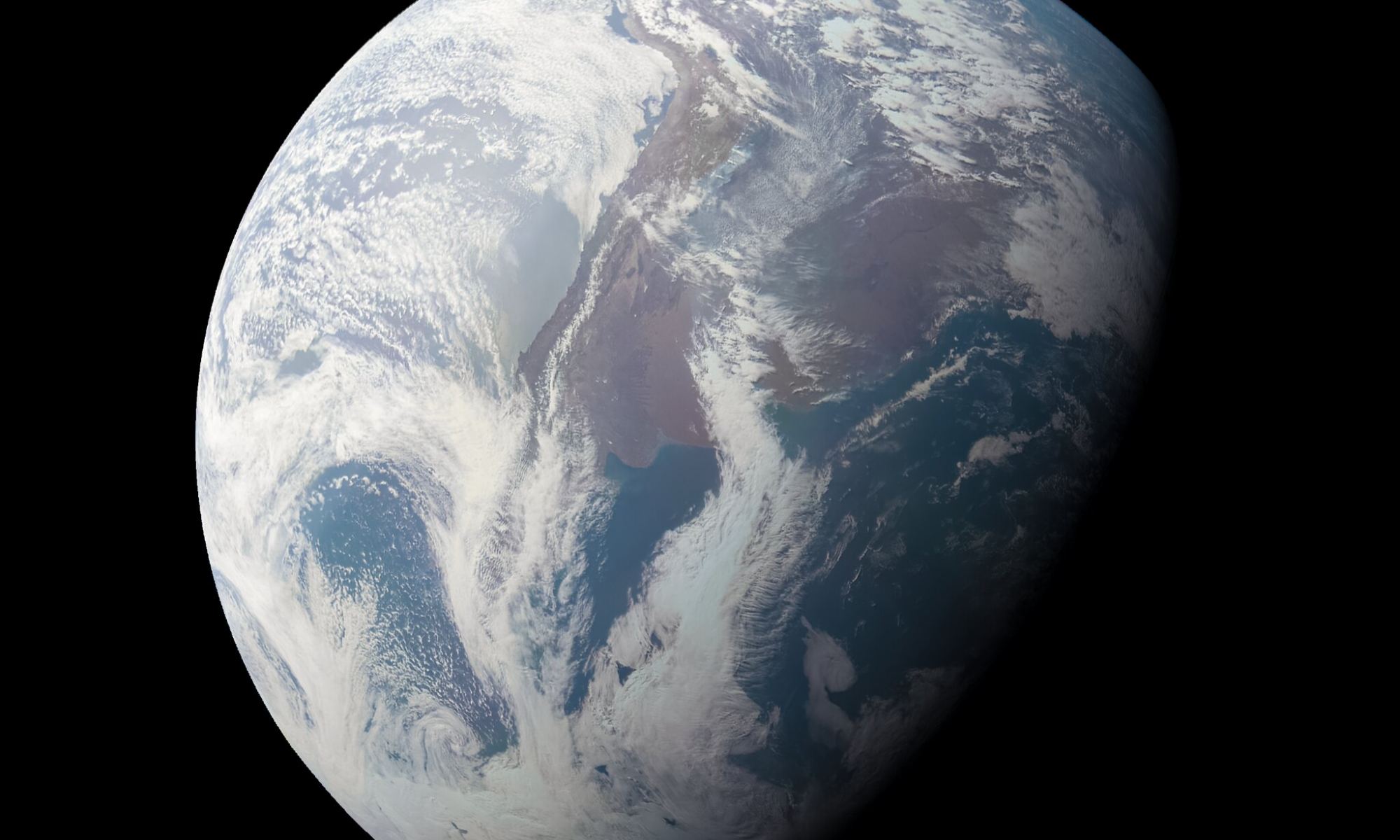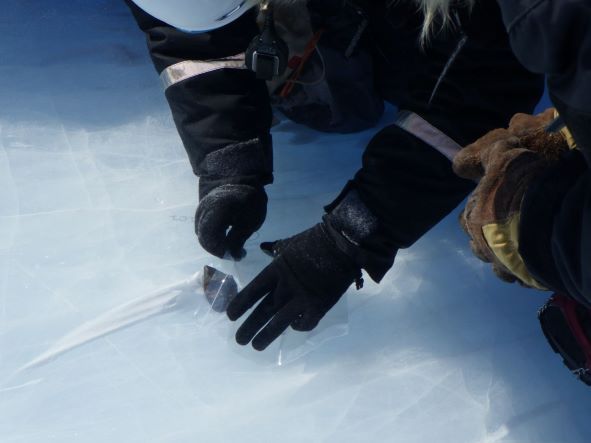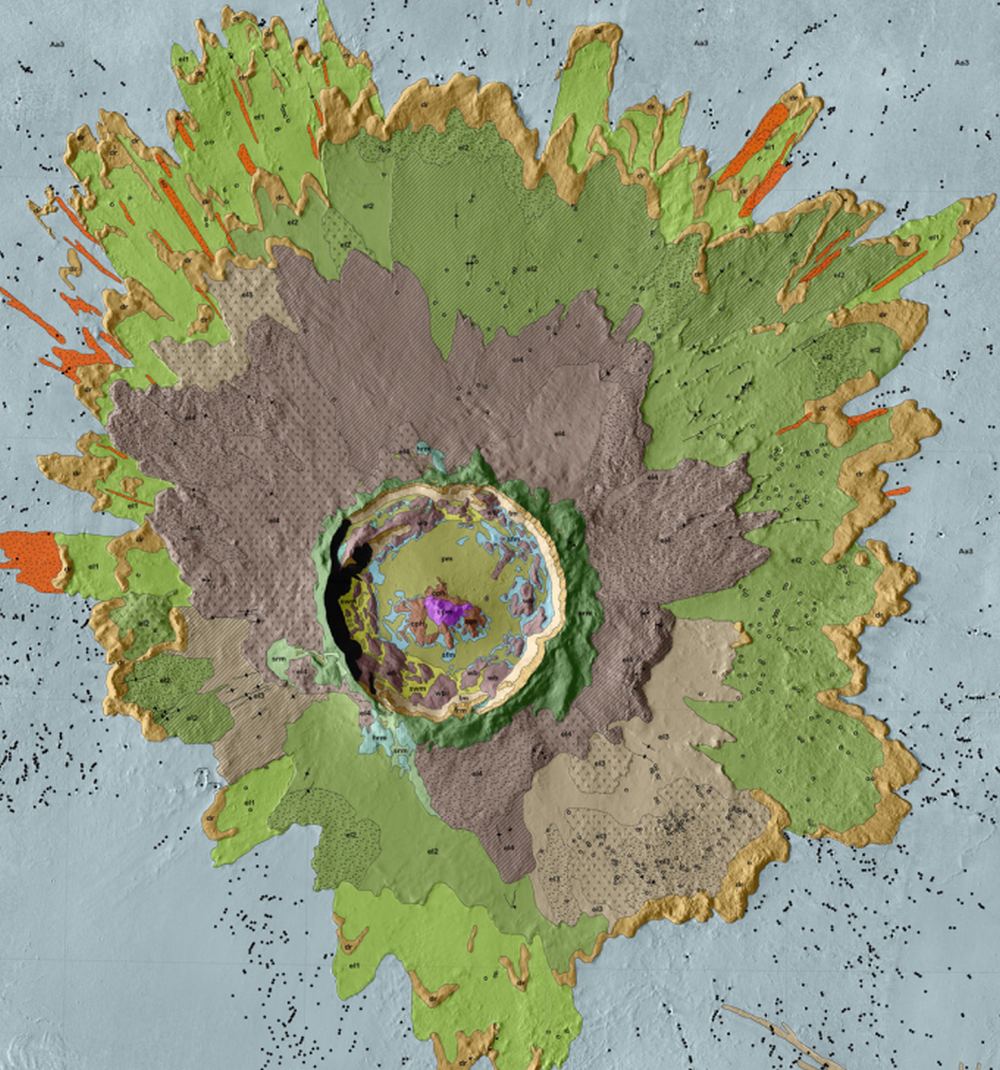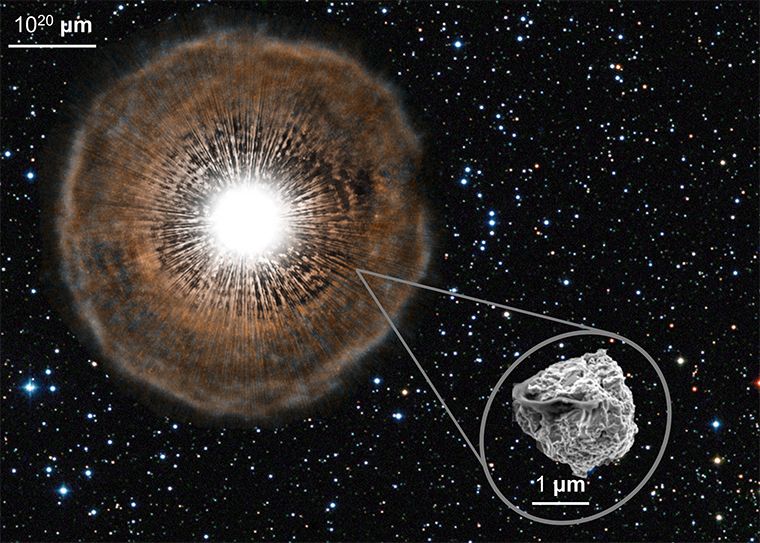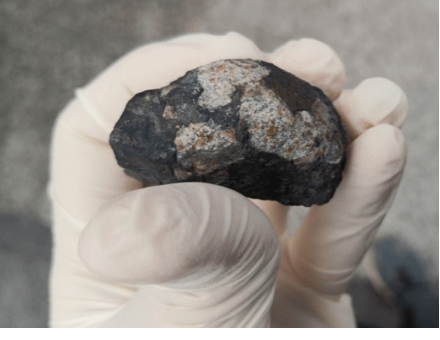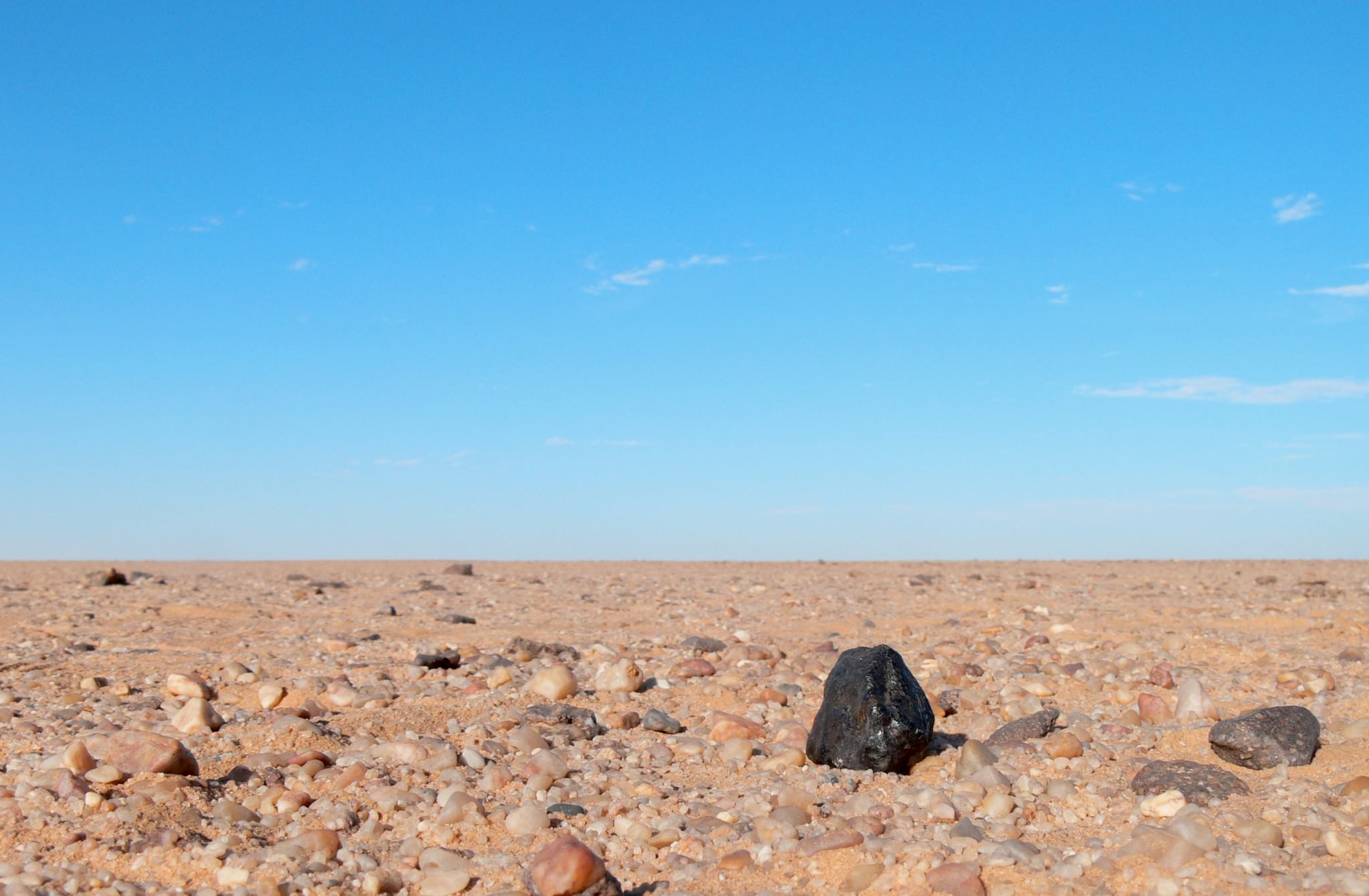For nearly 30 years Geoff Notkin has traveled the world in search of meteorites, those ancient relics from outer space that have fallen to Earth. He shared his adventures on the Science Channel series “Meteorite Men,” and through lectures and appearances across almost every continent, he has sparked interest in space science and exploration. He has been a devoted meteorite hunter and collector, amassing a large collection. But now, after much deliberation, Notkin has decided to auction off some of his personal meteorite collection, as well as other personal items.
Of course, our first question was, why? Is he leaving the field of meteorite hunting?
Continue reading “Want to Own a Meteorite from Geoff Notkin’s Personal Collection?”
